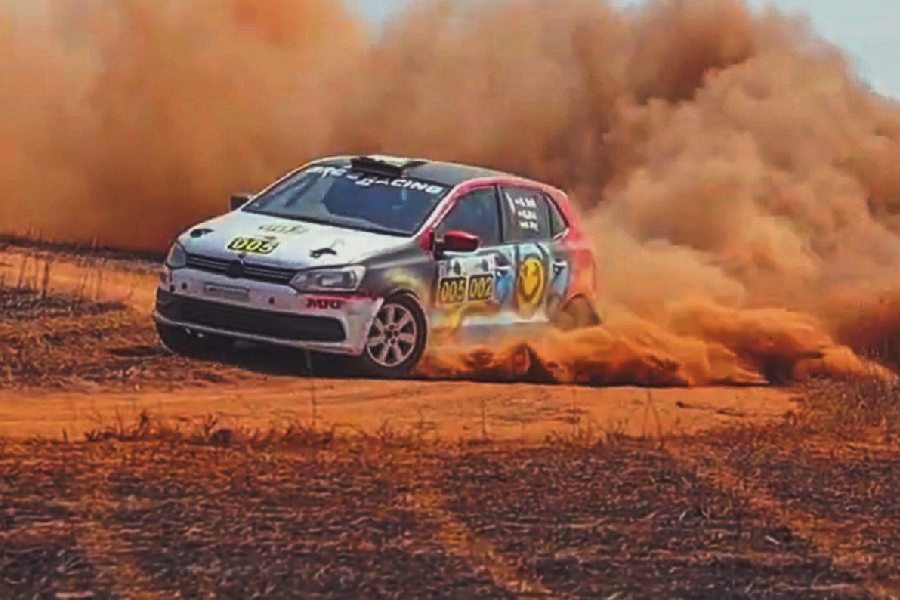For decades, Bengal was a vital spoke in India’s racing wheel. Long before permanent circuits existed in the country, the state’s tarmac and trails echoed with the whine of tuned engines and the dust of rallying legend. The motorsport heritage in Bengal is rich—rooted in clubs, forged on hill climbs, and fuelled by a hunger to compete.
But by the early 2000s, the revs began to fade. Now, motorsport is roaring back to life in Bengal, with autocross events, street-level tuners and self-made racers rebuilding the foundation—bolt by bolt, lap by lap.
A timeline on tarmac: From Calcutta Motorsports Club to EMSA
The origins of organised motorsports in Bengal stretch back to the 1950s with the formation of the Calcutta Motorsports Club (CMSC)—a pioneering body that hosted everything from gymkhanas to cross-country time-speed-distance (TSD) rallies. Their events, such as the Burdwan Sprint, Kurseong Hill Climb, and the Diamond Harbour Endurance Run, attracted regional elites and tinkerers alike
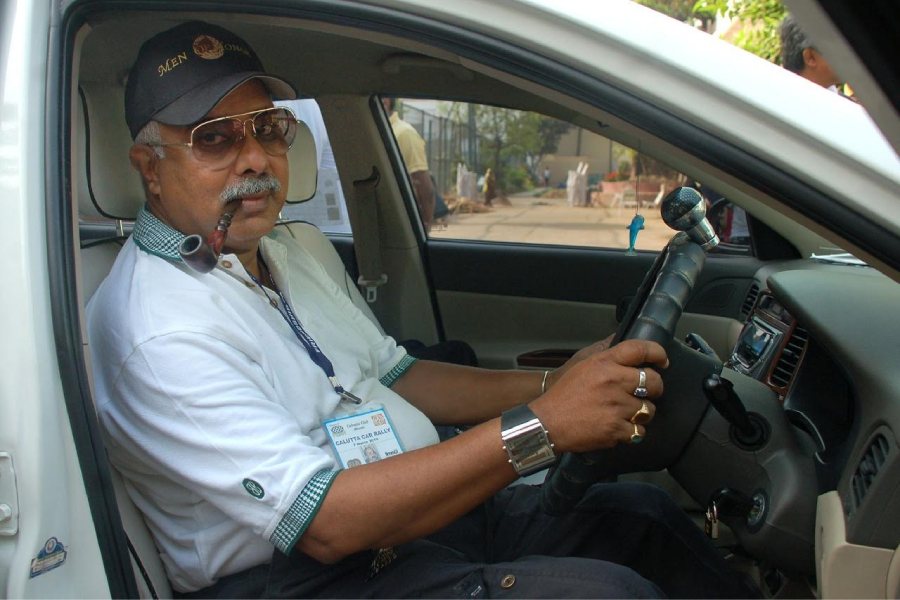
In 1994, Partha Sadhan Bose founded Eastern Motor Sport Association
By 1994, a new body emerged to formalise the sport further—Eastern Motor Sports Association (EMSA). Under the dynamic leadership of Partha Sadhan Bose, EMSA transformed Bengal’s motoring enthusiasm into competitive rigour. They organised the EMSA Wild Run through the forests of West Bengal and Calcutta by Night.
“EMSA wasn’t just a club—it was a movement,” says Saurav Chatterjee, current FMSCI council member and one of the few remaining links to that era. “They had structure, timing systems, training workshops, and most importantly, consistency.”
But with time, EMSA's events dwindled. Sponsorship dried up. Regulatory hurdles mounted. Motorsport in Bengal lost its grip — not for lack of talent, but for lack of support.
The revival: Autocross and urban arenas
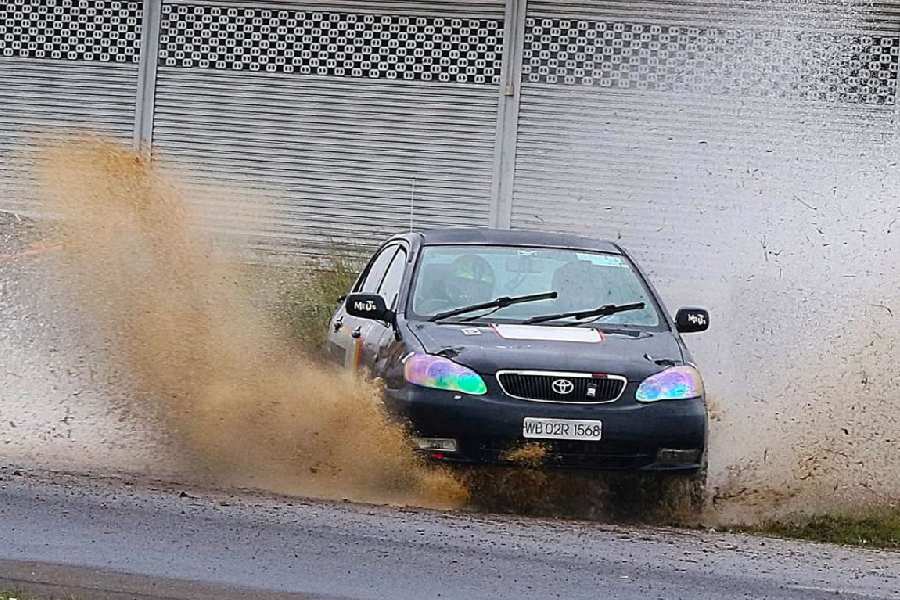
Autocross events take place on a combination of tarmac and dirt roads Raunak Jana
By the mid-2010s, whispers of revival started to circulate among garage crews and old-school racers. What took form was autocross — short-format racing on coned-off courses that emphasised skill over speed.
In 2024, Bengal hosted a trio of major autocross events that marked a turning point: the SR Autocross and Time Attack, the Kolkata Time Attack, and the FMSCI Indian National Autocross Championship (INAC). These competitions were not only showcases of local talent but also served as formal selection grounds for national-level entries.
“Autocross gave people a taste of racing without needing a full-blown track or deep pockets,” said Chatterjee. “It democratised motorsport here.”
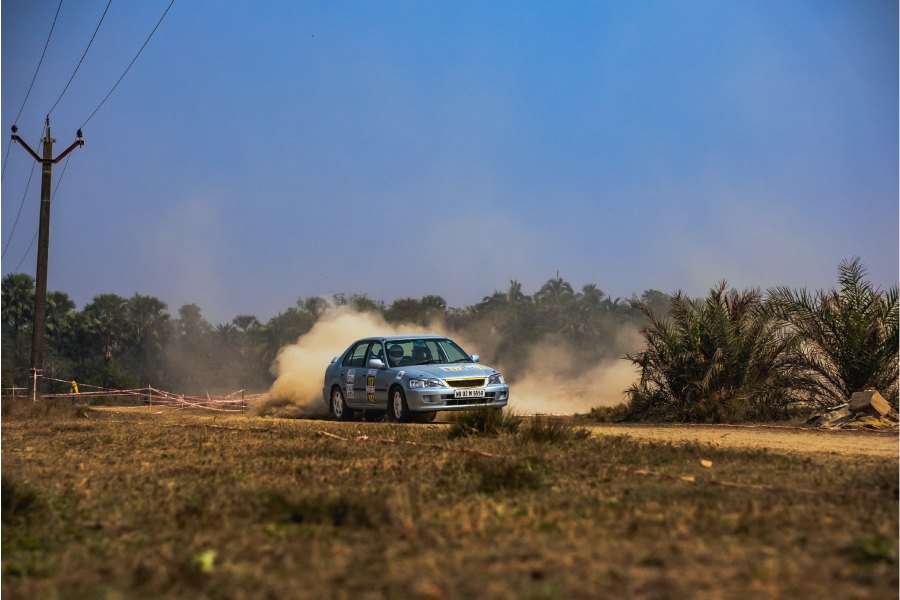
Areeb Rahman letting dirt fly as he revs his 2001 Honda City Areeb Rahman
The format, favouring agility and driver control over outright horsepower, attracted new racers in droves. Participation jumped to triple digits.The SR Racing circuit, Jyotirmoy Public School in Sonarpur and Haldia’s Mela Prangan ground turned into the tracks of choice. And for the first time in years, Bengal was being represented again at the national level — with new faces Raunak Jana, Areeb Rahman, Nilanjan Banerjee and Karan Chaudhury, all qualifying through the 2024 National Qualifiers.
The tuners who build the beasts
Behind every autocross success story stands a garage—where stock hatchbacks are reborn into apex-hugging machines. Two names have come to define this underground performance renaissance: RC Tunes and Alok Automobiles.
At RC Tunes, a group of dedicated engineers and tuners specialise in turning road-legal cars into performance weapons. Adityaraj Dutt, one of the co-founders, explains their method: “We’re not building show cars. These are competition-ready machines—stripped interiors, roll cages, reprogrammed ECUs, racing suspensions, and custom intakes. Everything is built for function.”

Areeb does not just race cars, but also works on them Areeb Rahman
Alok Automobiles, based in central Kolkata, has earned its stripes among local racers. Areeb Rahman, both a driver and race-prep specialist, grew up in its pits under the guidance of his uncle Sheikh Sazid Ali who runs Alok Automobiles. “We’ve built everything—from Stage 1 Maruti Suzukis to fully swapped Honda Brio with coilovers and limited-slip differentials,” said Areeb.
What sets these garages apart isn’t just their technical skill but their culture. “We teach people how to race, how to understand cars. Most of our clients are drivers who build their own setups,” said Adityaraj.
Young blood on the grid: Racers speak
This resurgence is led by a new class of racers: self-funded, self-taught and fired up by passion rather than prestige.
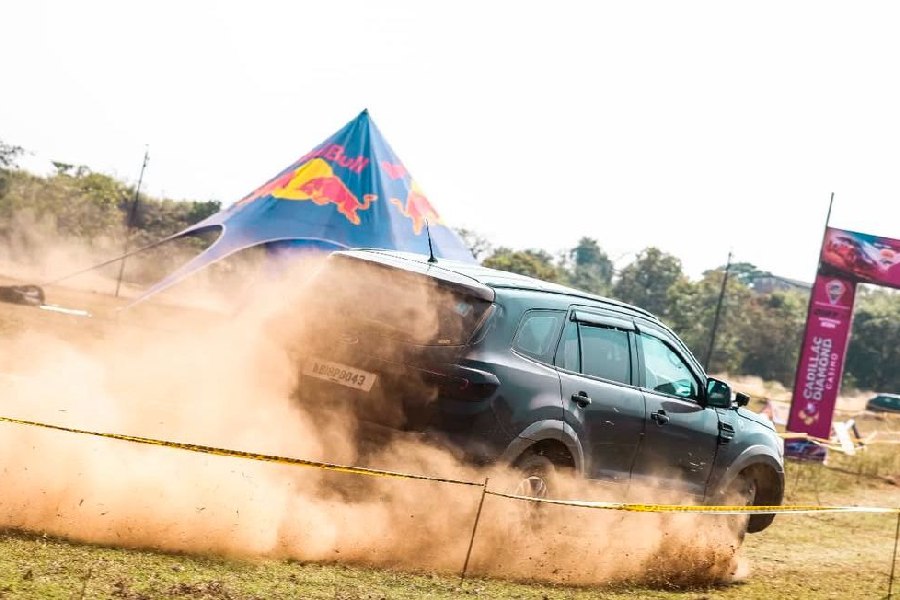
Raunak Jana has been on the tracks for a year and he's already winning laurels Raunak Jana
Raunak Jana, a mechanical engineer-turned-racer, began competing in 2024. “My first event was a local autocross. I spun out on my second lap and still finished mid-pack,” he laughed. “But from that moment, I was hooked.”
By the end of 2024, Raunak went on to win the title of Indian National Autocross Champion, reached the finals of the Kolkata Time Attack, and earned his place through the FMSCI Indian National Autocross Qualifiers. His car, a heavily modified Toyota Corolla tuned by RC Tunes, is emblematic of Bengal’s DIY racing spirit.
But Raunak sees deeper issues. “There’s no proper grassroots structure here. We need karting tracks, simulator leagues, coaching academies. Right now, every racer in Bengal is self-made—and that’s both inspiring and frustrating.”
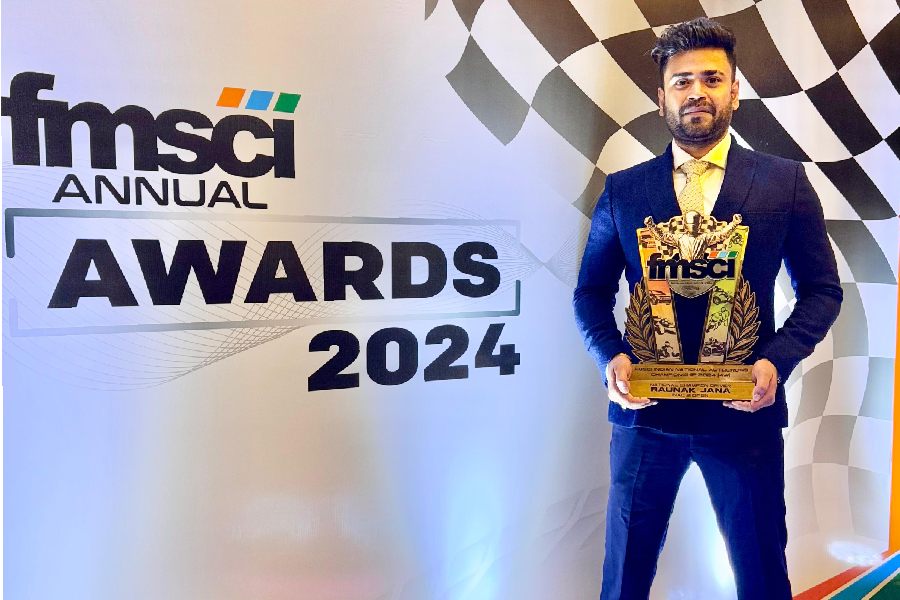
Raunak Jana at the FMSCI awards 2024 Raunak Jana
Areeb echoes the same sentiment. He, too, qualified through the National Qualifiers in 2024. “Most people in this scene build and break on their own dime. I’ve sacrificed vacations and gadgets to pay for brake upgrades,” he says. “But when you win with a car you built yourself? Nothing comes close.”
The hidden mechanics of race organising
What makes the races run? Not just engines, but organizers. And in Bengal, their job is uphill.
“It takes weeks of permissions—police, fire, municipal, public liability—to set up even a small autocross,” said Chatterjee. “We don’t have racing infrastructure, so every event is a negotiation.”

FMSCI council member Saurav Chatterjee spoke on the difficulties of organising events in Bengal Areeb Rahman
Yet clubs like Team MFR, Kolkata Motorsport, and independent volunteers continue to hold events, sometimes drawing 80+ drivers. In January 2024, the Bengal Rally Revival retraced old EMSA routes, bringing vintage rallying back into conversation.
“There were old-timers and rookies racing side by side. That’s what motorsport should be,” Chatterjee recalled.
What’s blocking the Apex? Problems and possibilities
Despite momentum, Bengal’s motorsports face pressing challenges. No permanent racing circuit exists. No state-level academy, no federation-endorsed karting program and no motorsport curriculum in schools or colleges.
“We don’t need something like the Buddh circuit,” Raunak said. “Just give us a permanent autocross facility, a couple of go-karting tracks, and some state backing. That alone could transform the scene.”
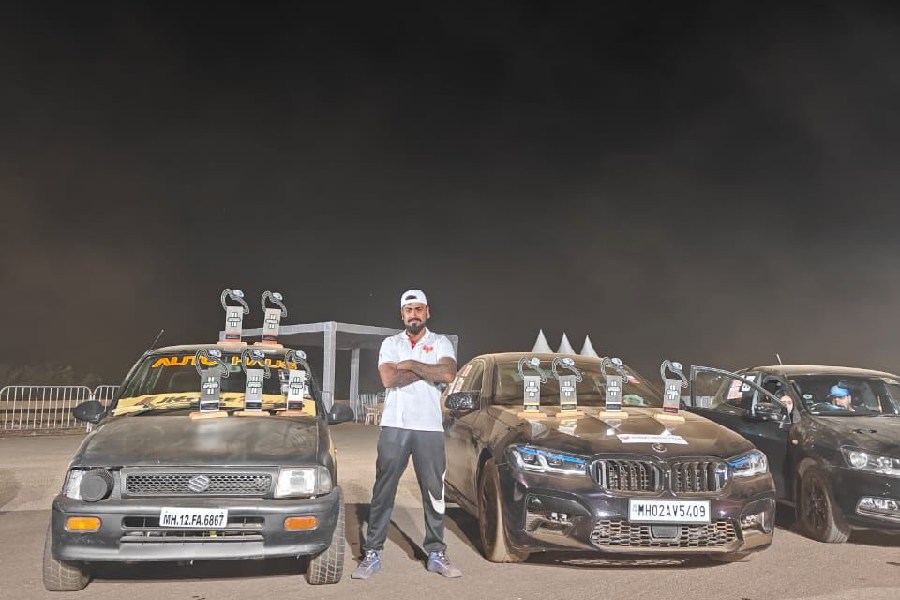
'Just give us a permanent autocross facility, a couple of go-karting tracks, and some state backing. That alone could transform the scene,' says Raunak Jana Raunak Jana
Adityaraj adds, “It’s also a perception issue. People still think racing is reckless or elite. We need awareness—not just events, but community outreach.”
Chatterjee believes the government can play a catalytic role. “Even 3–5 acres of land to build a motorsport complex—complete with karting, training zones, and autocross lanes—would change everything.”
Full throttle ahead: Bengal’s racing renaissance

The new gen of racers have hit the tracks full throttle with no sign of slowing down Areeb Rahman
What started as scattered bursts of nostalgia is now a full-fledged movement. From garages to gymkhanas, Bengal is racing not just toward trophies — but toward identity.
The past is not being recreated, but being reimagined. The dream is no longer just EMSA’s legacy, but a future built by racers like Raunak, tuners like Areeb and Adityaraj and organisers like Chatterjee.
“We don’t need validation from the rest of the country,” said Areeb. “We’re building something here that’s ours. It’s loud, scrappy, and sometimes chaotic. But it’s real. And it’s back.”
